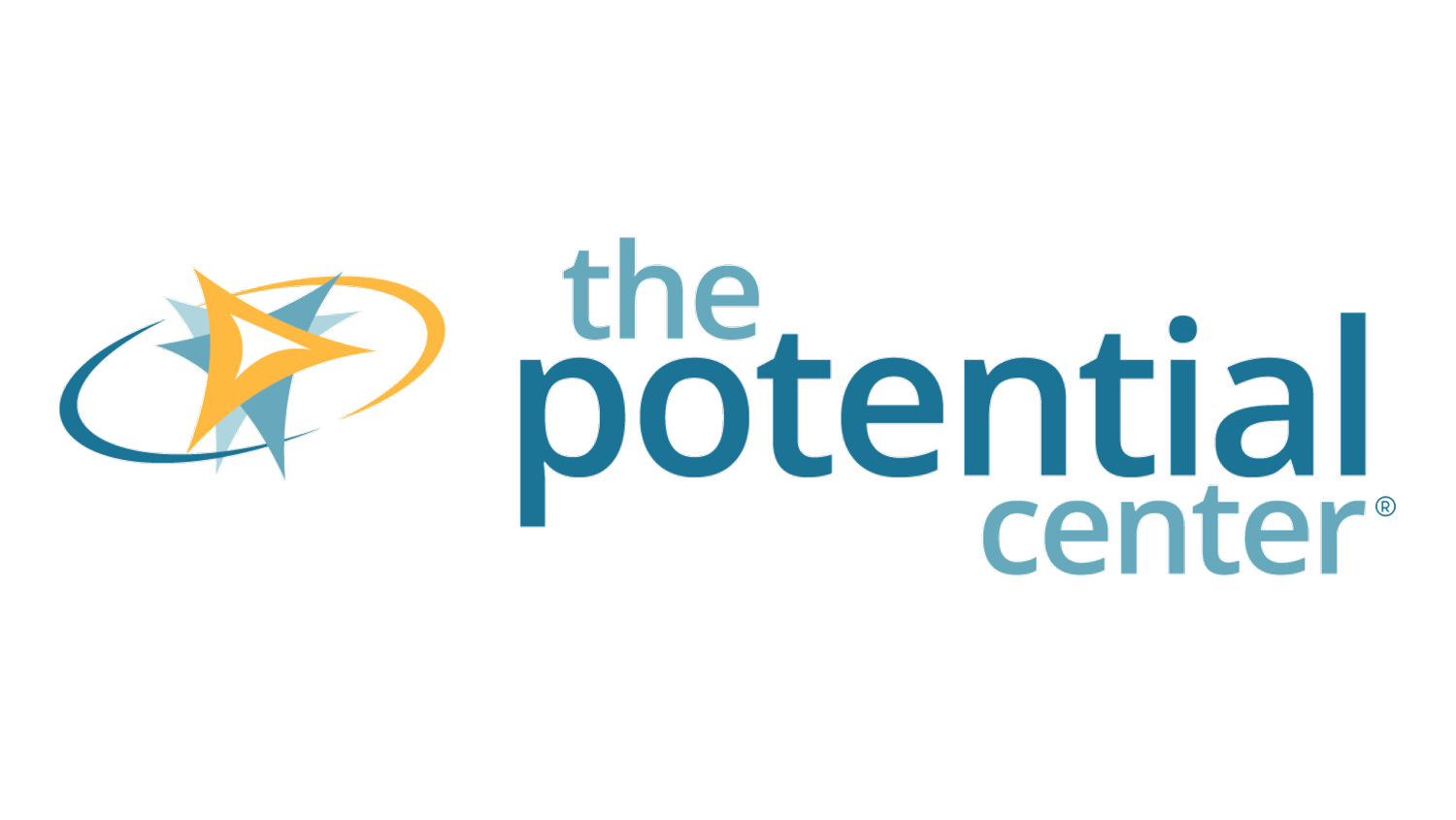The value of simplicity
There’s value to keeping things simple
I like to keep things simple.
I chuckle when I say that because I used to be a master at complicating things. It’s still the way I lean, given half a chance. Can you identify?
But I’ve learned the value of the KIS(S) principle over the years.
I learned how to distill the contents of a book onto one sheet of 11x17 paper using Mind Mapping.
I learned that I was far more likely to accomplish tasks if I assign myself only three on any given day.
I learned that, in marketing, it’s not about what I can talk about endlessly but about the key issues that are important to my prospective client.
The advantage of simple training models
From these kinds of learnings, I set myself the criteria of creating simple training models. I was noticing that other training providers in my field of creative problem-solving and innovation often produce complicated diagrams that required lengthy explanations.
This really happens. One client contacted me because they had gone through exactly this scenario. They had paid a fair chunk of change and received a set of binders that contained a broad range of information as well as dozens of tools.
The vendor provided some training, but it was mainly theoretical and based on case studies. There’s nothing wrong with this, and this is also part of my training, but in my opinion training needs to be applied right from the get-go in order for it to be useful. The folks I work with bring real time issues to the table, which means that they leave the session with something they can action.
I’m proud of the simple framework I developed for facilitating the creative problem-solving process. Light Bulb Thinking™ (LBT) consists of four phases: Planning, Ideating, Choosing, and either Implementing or Innovating (depending on the overall goal). Each phase contains the principles and basic tools that help ensure a successful result.
This doesn’t mean that you can only solve simple problems with LBT. Once folks understand the framework, they can apply it in any situation, with any problem. They’ll know how to adapt it for every situation. And they’ll know they’re not locked into a branded set of materials in order to be able to apply the principles.
A gift to your team
Simplifying creative problem-solving is a valuable gift you can give your team. If you need guidance on how to do this, contact me to learn more about LBT coaching.
With the right support, any individual, team, and organization can learn creative ways to solve problems. I’m hired by visionary leaders to bring serious fun and creative problem-solving to the workplace. Using Light Bulb Thinking™, we create a kickass culture of innovation.
The Light Bulb Thinking™ framework demystifies and simplifies the creative problem-solving and innovation processes, and opens the door to fresh ideas and stronger teams.
Would you like to see what tapping into creative potential could look like for your team or organization? Arrange an exploratory call - email me at Ellia@ThePotentialCenter.com.
Subscribe to the blog here.
Forward this post to colleagues and friends that would also appreciate a creative perspective on solving problems. :)

